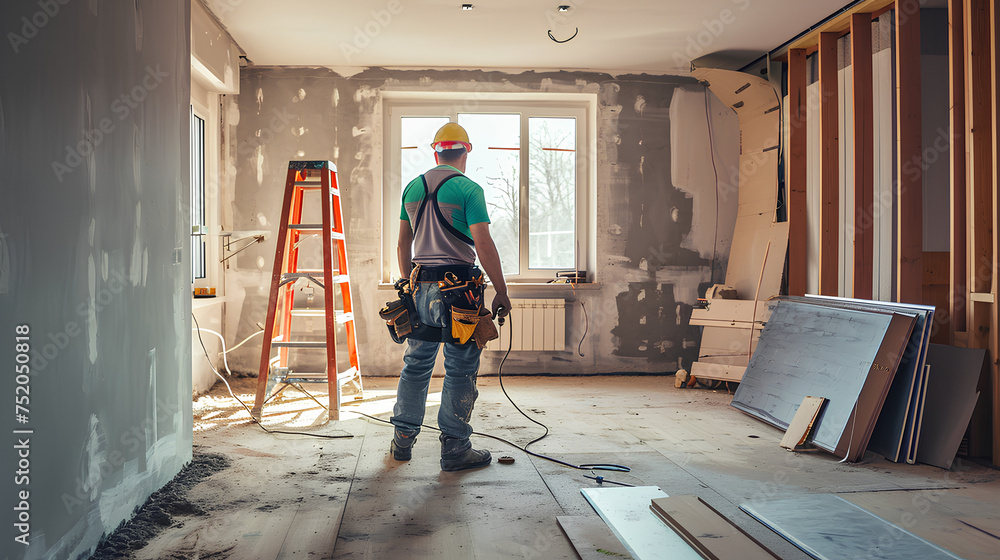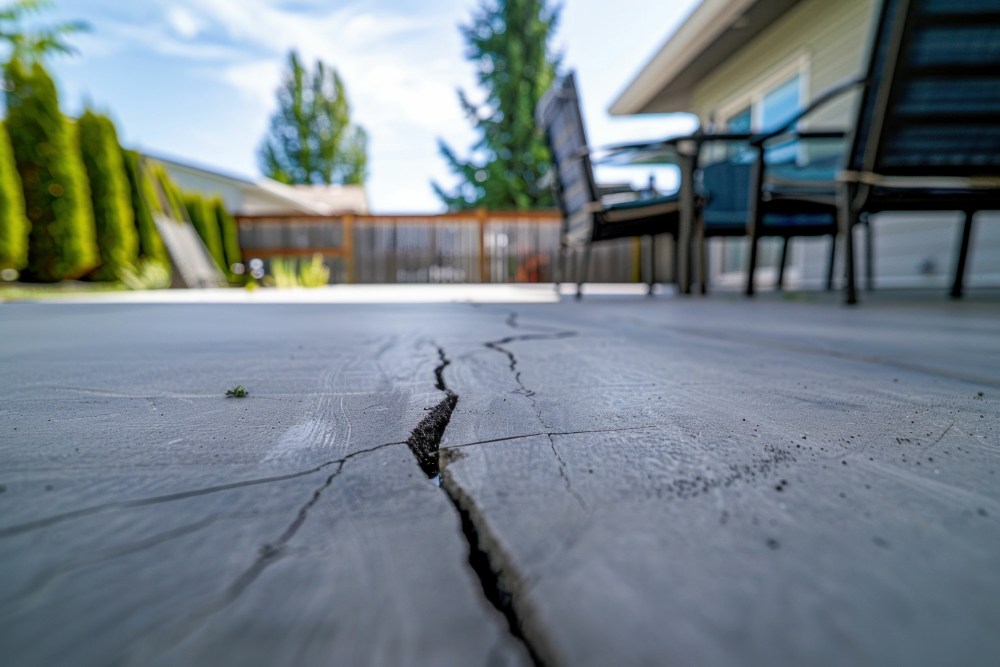Embarking on a home improvement project is an exciting endeavor, but it comes with its share of responsibilities, including navigating the permit process. Obtaining the necessary permits ensures that your project complies with local building codes and regulations, safeguarding your investment and ensuring the safety and legality of your work. Here’s a comprehensive guide to help you navigate the home improvement permit process effectively.
1. Understanding the Importance of Permits
Legal Compliance- Building Codes: Permits ensure that your project meets local building codes, which are designed to ensure the safety, health, and welfare of residents.
- Regulations: Compliance with zoning laws, environmental regulations, and other local ordinances is mandatory for legal home improvements.
- Structural Integrity: Permits ensure that structural changes are safe and sound.
- Systems and Installations: They verify that electrical, plumbing, and mechanical systems are installed correctly, reducing the risk of hazards.
- Insurance Coverage: Unpermitted work may not be covered by homeowner’s insurance, potentially leaving you liable for damages.
- Resale Value: Properly permitted work can increase your home’s value and ease the resale process, as potential buyers and lenders will require proof of permits.
2. Determining When You Need a Permit
Common Projects Requiring Permits- Structural Changes: Adding or removing walls, constructing new rooms, or altering the floor plan.
- Electrical Work: Installing new circuits, upgrading panels, or rewiring.
- Plumbing Work: Installing new pipes, water heaters, or fixtures.
- HVAC Systems: Installing or modifying heating, ventilation, and air conditioning systems.
- Roofing and Siding: Major repairs or replacements.
- Windows and Doors: Installing new windows or exterior doors.
- Cosmetic Changes: Generally, cosmetic changes such as painting, flooring, and minor repairs do not require permits.
- Local Variations: Always check with your local building department, as requirements can vary by location.
3. Preparing for the Permit Application
Research Local Requirements- Building Department: Visit your local building department’s website or office to understand specific permit requirements for your project.
- Documentation: Gather all necessary documents, such as property surveys, architectural plans, and specifications.
- Architects and Engineers: For complex projects, consider hiring professionals to create detailed plans and ensure compliance with building codes.
- Contractors: Licensed contractors can help navigate the permit process and ensure all work is done to code.
Join HICP Homeowner’s Alliance
Connect with experts, get special discounts and enjoy member benefits
4. Submitting the Permit Application
Complete the Application Form- Accurate Information: Provide accurate and detailed information about your project on the application form.
- Project Description: Include a comprehensive description of the work to be done.
- Detailed Plans: Submit architectural drawings, site plans, and any other required documentation.
- Specifications: Include materials, dimensions, and technical specifications as needed.
- Fee Structure: Be prepared to pay the required permit application fees. These fees vary depending on the scope and complexity of the project.
5. The Review Process
Plan Review- Building Department Review: Your application and plans will be reviewed by the building department to ensure compliance with local codes and regulations.
- Revisions: You may be asked to make revisions or provide additional information before the permit is approved.
- Permit Issuance: Once approved, you will receive your permit, which must be displayed at the job site.
- Conditions: Ensure you understand any conditions or requirements attached to the permit.
6. During the Construction Phase
Follow the Approved Plans- Adhere to Plans: Ensure all work is performed according to the approved plans and specifications.
- On-Site Inspections: The building department will conduct inspections at various stages of the project to verify compliance with the permit and building codes.
- Inspection Requests: Schedule required inspections as specified by the permit. Common inspections include foundation, framing, electrical, plumbing, and final inspections.
- Inspection Reports: Keep records of all inspection reports and address any issues or corrections noted by the inspector.
7. Completing the Project
Final Inspection- Completion Check: Once the work is complete, schedule a final inspection with the building department to ensure all aspects of the project meet code requirements.
- Certificate of Occupancy: For major renovations or additions, you may receive a certificate of occupancy upon passing the final inspection, signifying that the project is complete and compliant.
- Documentation: Retain all permit documentation, including the approved plans, inspection reports, and the final permit.
- Home Records: Keep these documents with your home records for future reference, resale, or insurance purposes.
8. Handling Permit Issues and Violations
Addressing Violations- Corrections: If the inspector identifies any violations or issues, address them promptly to avoid delays or fines.
- Re-Inspections: Schedule re-inspections as necessary to verify that corrections have been made.
- Extension Requests: If your project is delayed, request an extension from the building department to avoid permit expiration.
- Renewal: In some cases, you may need to renew the permit if the project extends beyond the original permit period.
9. Benefits of Properly Permitted Work
Enhanced Safety- Code Compliance: Ensuring that all work meets building codes reduces the risk of accidents, structural failures, and system malfunctions.
- Peace of Mind: Knowing that your project has been inspected and approved by professionals provides peace of mind.
- Marketability: Properly permitted and documented improvements enhance your home’s marketability and appeal to potential buyers.
- Appraisal Value: Permitted work can positively impact your home’s appraisal value, making it a better investment.
Navigating the home improvement permit process is essential for ensuring the safety, legality, and success of your project. By understanding the importance of permits, determining when they are needed, preparing for the application, following the review process, adhering to approved plans, and completing the project with proper inspections, you can protect your investment and achieve a successful renovation. Always consult with local building authorities and professionals to ensure compliance and avoid potential pitfalls.




















